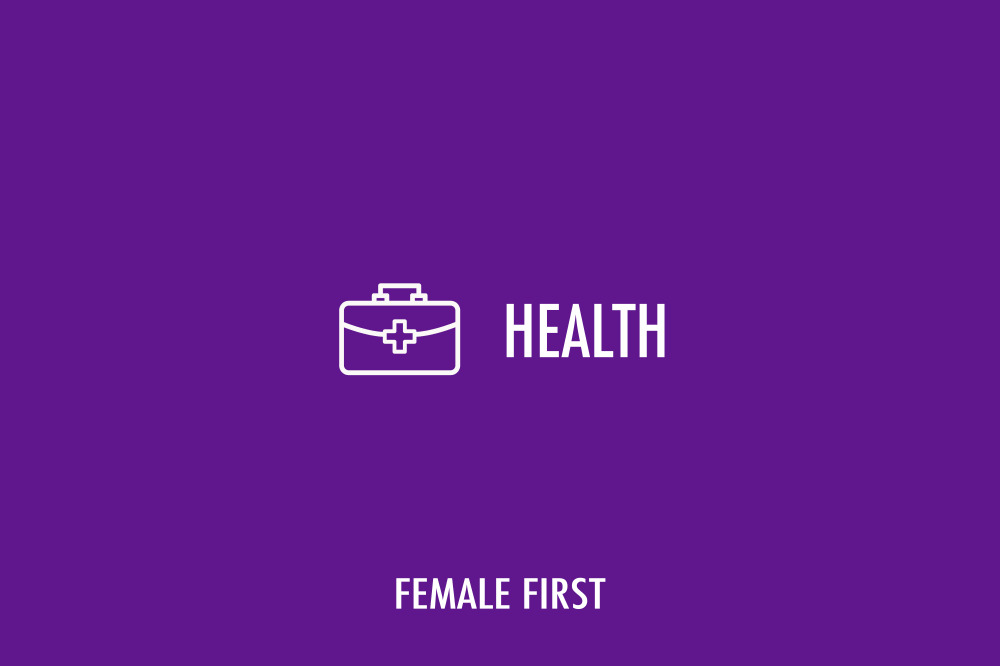Resisting chocolate over the Easter Weekend can be hard, but there is a way to combat the negative effects on your skin. Nutritionist Christine Bailey gives her top tips to a healthy Easter.

Health on Female First
Have a side of lemon water with your chocolate
Everybody loves eating lots of chocolate during Easter, however, excessive sugar can deplete hydration levels in skin cells leading to puffy and dry skin. This year, make sure you drink lots of water to counteract the effects of all that sugar and adding ½ a lemon into your glass of water will help achieve healthy glowing skin.
Nutritionist Christine Bailey on behalf of The Harley Medical Group explains the benefits of how adding ½ lemon to a glass of warm water can help nourish dehydrated skin. “This combination is ideal for giving your skin a fresh glow. Lemon is incredible for skin, not only because it’s packed with vitamin C, which helps us make collagen but it’s also one of the most alkalizing foods available. Rich and processed foods, excess sugar, too much coffee and alcohol can all makes our bodies more acidic. When our bodies’ pH levels are out of balance it can show up on our face resulting in dry and irritated skin.”
Eat chocolate every other day
Not only does sugar dehydrate skin, but it can also age it prematurely. Confectionary such as chocolate and sweets are packed full of sugar. When snacking why not opt for berries instead and alternate the days you have chocolate, berries are lower in sugar than other fruits and are great for your skin.
Antioxidant rich berries will help to maintain healthy and younger looking skin. Christine Bailey explains the importance of antioxidants “they help fight and neutralize free radicals (one of skin’s worst enemies), which are known to damage skin cells and collagen, causing wrinkles, dull and dry skin. Berries like blueberries are packed with antioxidants, vitamin C and A. Vitamin C is also essential for the production of collagen in the body while vitamin A can be helpful for acne prone skin. Berries are lower in sugar than many other fruits. Sugar is one of the major contributing factors to aging skin as it contributes to increased cell damage and inflammation.”
Eat lots of fats, the healthy kind
If you’ve been bingeing on chocolate, try to detox and start incorporating foods packed full of fibres, protein and healthy fats into your diet. This will help to subside cravings and get your diet back on track. Make sure you are using ingredients which are packed full of omega 3 fatty acids for glowing skin and repair it from any damage done by an excessive amount of sugar.
Christine Bailey says “great topically applied as a face mask as well in your salad. Avocados are rich in monounsaturated fatty acids (like olive oil), which helps lower inflammation, reduce redness and keeps your skin hydrated and moisturized. They are a great source of vitamin E, carotenoids and vitamin C which are powerful skin protecting. Antioxidants. Beta carotene is converted by the body to vitamin A which plays an important role in maintaining healthy skin. It improves healthy cell turnover in the topmost layer of the skin (the epidermis), the nails and the hair. Vitamin A also nourishes and sustains the cells in the tiny blood vessels (capillaries) that feed the skin this can help prevent thread veins which typically occur as we age.”
Spice Up Your Food
If you decide to go on a sugar detox after Easter, be sure to replace the sugar in your meals with spices instead to boost flavour and taste. Spices such as Turmeric are great in reducing blood sugar levels and inflammation.
Christine Bailey explains “Known for its potent anti-inflammatory properties turmeric is a fabulous addition for improving skin conditions such as eczema and psoriasis. To optimize the absorption of the active compound curcumin in turmeric it is best consumed with a little oil and black pepper. Try adding to soups, stews and curries. It’s also delicious in a creamy smoothie.”

